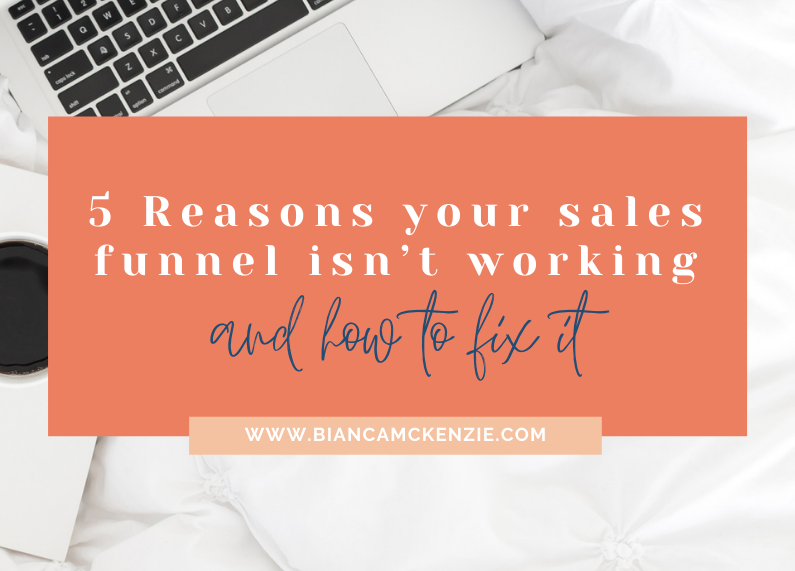
If you’ve been following me for a while you’ll know that I’m a big fan of sales funnels, mostly because they go hand-in-hand with list building.
You see, if you simply add people to your list but don’t follow up with a sales funnel you’re wasting an opportunity.
I’m totally in love with sales and marketing funnels. They transformed my business (but it took some work to get there).
Creating sales funnels isn’t an easy task. It takes some tweaking and optimising before you have a ‘set and forget’ method.
Unfortunately I see too many people build a funnel and give up the minute it’s not working for them. They move onto the next thing and wonder why that doesn’t work for them either.
If a funnel didn’t work for you it’s very possible that you quit too early on what could have been a complete game-changer for your business. If you have a course based or service based business, funnels can completely transform your business. Don’t give up just yet!
Your funnel could be failing to convert for any number of reasons, which we’ll discuss in this post.
1: Setting expectations
Before you deem your funnel a failure it’s important to know the numbers. You might think that your sales funnel isn’t converting or your launch flopped, but in fact, you might be matching the industry standard. You could even be doing better than the industry standard.
This is something I encountered not long ago. I thought my launch had flopped but when I really looked at the numbers I had actually done really well. My issue was a traffic issue, not a conversion issue.
Industry standards vary depending on your industry, but as a rule of thumb, it’s commonly understood that conversions are between 1% and 2% (a.k.a. the rate of subscribers turning into buyers) for online programs or offerings that require a significant investment.
For free opt-ins via a page where you ask for someone’s email address the conversion rates vary even more. Some would see 25% as a good opt-in rate, but personally I would strive for higher than 50%. My opt-in landing pages mostly convert at 60% or higher with the best one performing at 79%.
2: Traffic
As I said before, my funnel wasn’t having conversion issues. Traffic is super important to reach conversion goals, because without traffic you simply can’t get any sales conversions.
Check your traffic statistics because you may just not have enough people coming through the funnel to make it effective.
If the numbers are really low, if you have had, for example, less than 1,000 visitors, think about ways to feed more people into your funnel. (Facebook ads is one way to do this and it has been my biggest traffic source).
3: Technology
Sometimes a tech glitch can throw a spanner in the works and stop our funnel from delivering all the pieces.
There are so many elements to a funnel, it’s very important to make sure they are all working.
Are you emails delivered? Is your tagging setup properly? Is your lead magnet delivered, and if it’s a video make sure it’s working.
If it’s not setup correctly or it’s not working, make sure you seek help from an expert. Technology can be a tricky part of the funnel and you want to make sure it’s done right.
4: Focus
Is your funnel focused on one particular outcome for a very specific client?
If you’re trying to be too many things to too many people your funnel will fail to address that specific person that is your ideal client.
Your funnel needs to focus on helping that absolute IDEAL client. It needs to speak to them in a way that they feel that you wrote the funnel for them.
Knowing your ideal client is an important aspect of marketing and being able to really resonate with them is what will be the difference between your funnel flopping or converting.
5: Call to Action
Are you sharing the benefits of taking action, and the loss of not taking action? Are you actually asking them to take any specific action?
In addition to listing the features of your offer, make sure you are also strongly emphasizing the benefits. Describe what will happen as a result of completing your program/book/freebie etc and also highlight what they would miss out on if they didn’t take action.
Tip: Stories are much more powerful than listing out benefits, so incorporating testimonials, case studies, and personal stories into your funnel can really help paint a picture of how things could change for your ideal clients after they take their next step.
So how do you create a funnel that works?
I’ll be honest: With my first few funnels, I just kind of copied the “leaders” in the industry without really understanding the why behind the funnels. I was just making my best guess with things (I didn’t even know if their funnels converted!?). I was trying to figure out what the steps in my funnel should be, based on seeing what others were doing with their funnel. I now know that this approach is only ever going to get you so far…. I needed help from an expert.
The first time I worked with a funnel strategist was a very eye-opening experience – there’d been so much I was missing! So if you’re ready to build a funnel that converts, get help from an expert funnel strategist. I recently worked with Kellie O’Brien on my funnels and am very happy with what we’ve created, I finally ditched ‘funnel shame’.
Just know that many of the best funnels are totally created for the businesses they serve, so what works for me won’t work for everyone!
Now that you’ve read this post, I hope you’re feeling a bit clearer now about how you can make your funnels convert. Let me know how you are going with your funnels and don’t hesitate to get in touch if you would like some help.
Disclosure: Some articles on this site may contain affiliate links, meaning, at no additional cost to you, Bianca McKenzie may earn a commission if you click through and make a purchase.



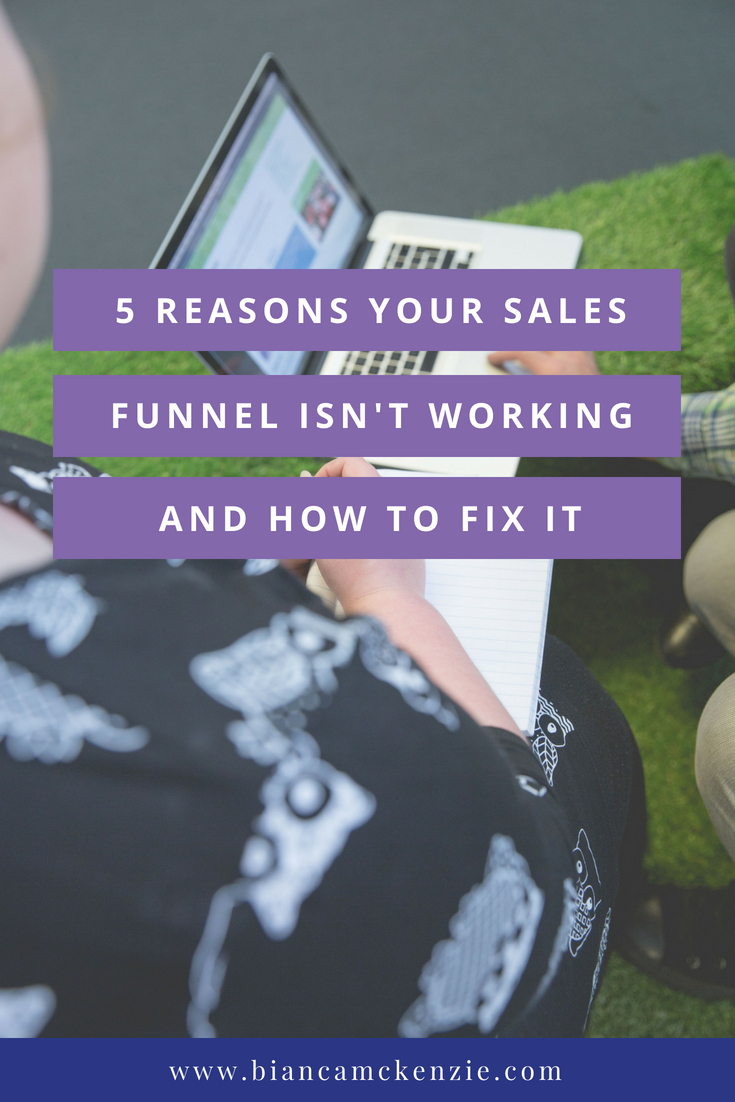


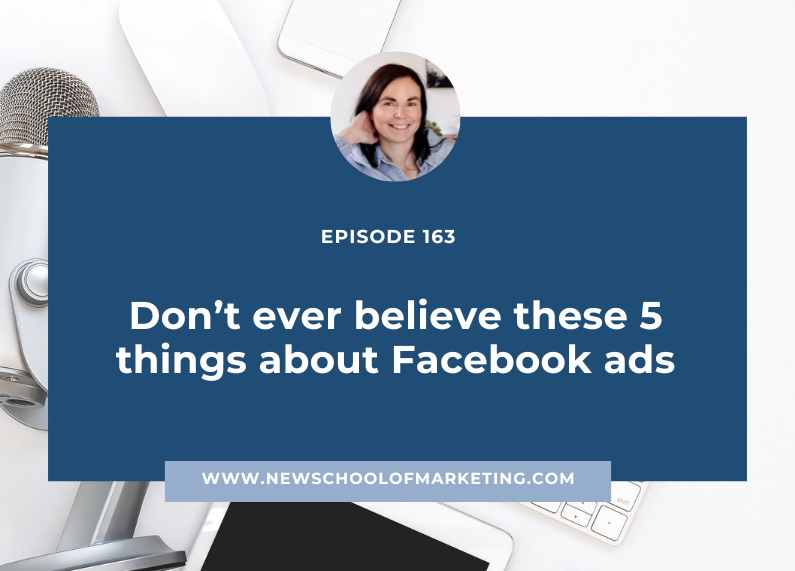
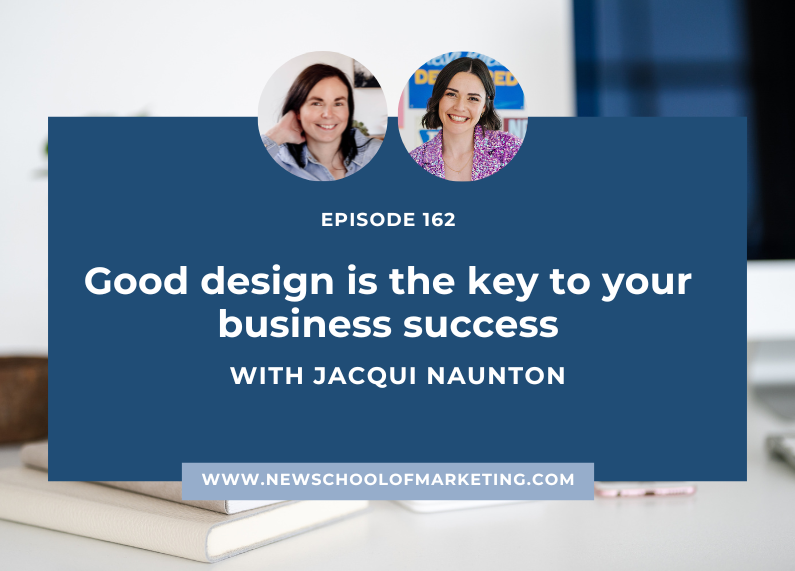
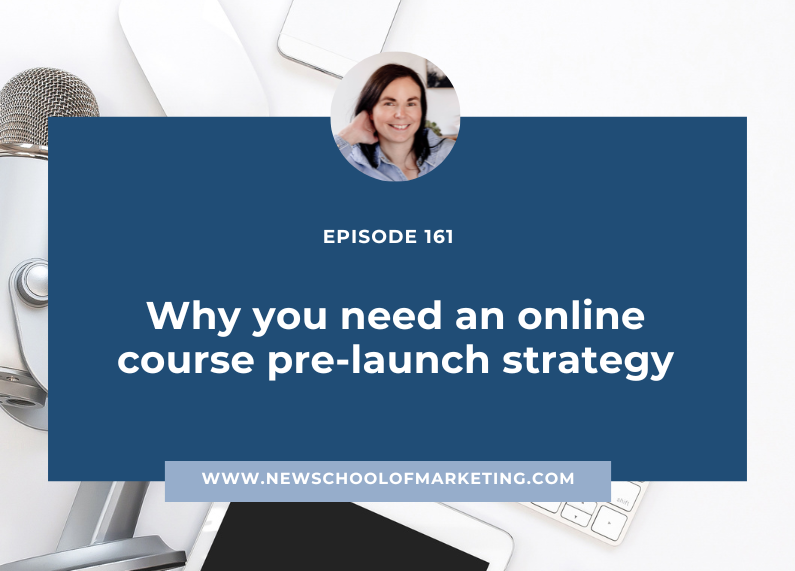
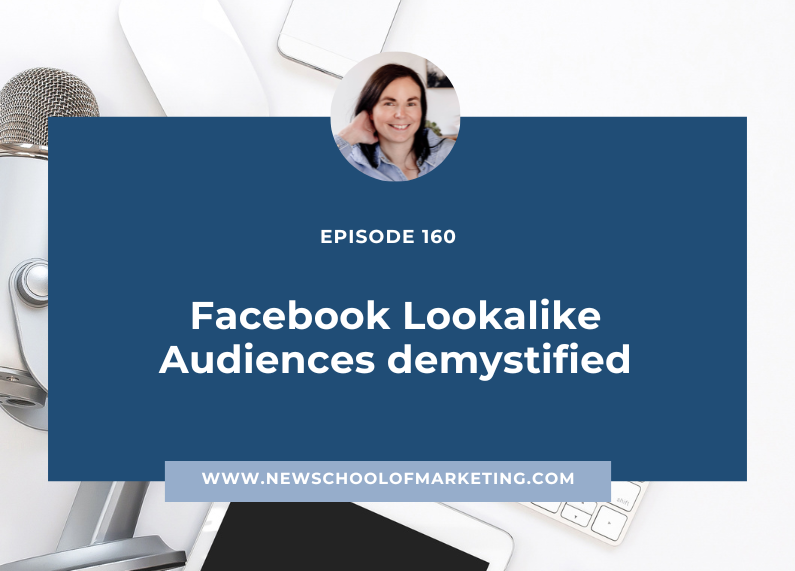
0 Comments